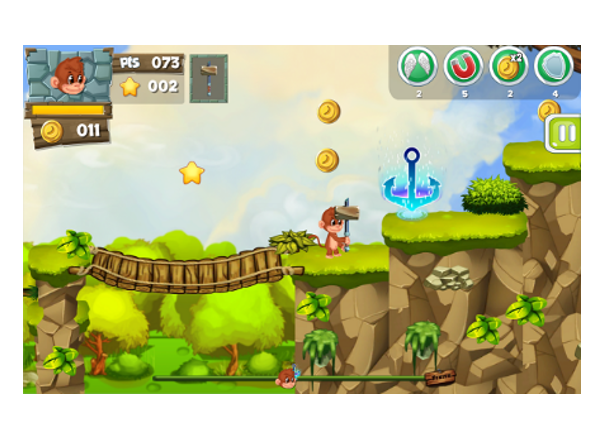Using sing song speech helps babies to learn language foundational skills

Babies don’t begin to process phonetic information reliably until seven months old, which they say is too late to form the foundation of language, researchers from the University of Cambridge and Trinity College Dublin have found.
Instead, parents and caregivers should speak to babies using ‘sing song’ speech patterns such as nursery rhyme and rhythmic speech as soon as possible.
The research is the first evidence of how brain activity relates to phonetic information changes over time in response to continuous speech.
Published recently in the journal Nature Communications the study found that phonetic information wasn’t successfully encoded until seven months old, and was still sparse at 11 months old when babies began to say their first words.
“Our research shows that the individual sounds of speech are not processed reliably until around seven months, even though most infants can recognise familiar words like ‘bottle’ by this point,” said Cambridge neuroscientist Professor Usha Goswami. “From then on, individual speech sounds are still added in very slowly – too slowly to form the basis of language.”
The researchers recorded patterns of electrical brain activity in 50 infants at four, seven and eleven months of age as they watched a video of a primary school teacher singing 18 nursery rhymes to an infant.
Low frequency bands of brain waves were fed through a special algorithm, which produced a ‘read out’ of the phonological information that was being encoded.
The researchers found that phonetic encoding in babies emerged gradually over the first year of life, beginning with labial sounds (e.g. d for “daddy”) and nasal sounds (e.g. m for “mummy”), with the ‘read out’ progressively looking more like that of adults.
The current study forms part of the BabyRhythm project led by Professor Goswami, which is investigating how language is learnt and how this is related to dyslexia and developmental language disorder.
“We believe that speech rhythm information is the hidden glue underpinning the development of a well-functioning language system,” the Professor explained.
“Infants can use rhythmic information like a scaffold or skeleton to add phonetic information on to. For example, they might learn that the rhythm pattern of English words is typically strong-weak, as in ‘daddy’ or ‘mummy’, with the stress on the first syllable. They can use this rhythm pattern to guess where one word ends and another begins when listening to natural speech.”
“Parents should talk and sing to their babies as much as possible or use infant directed speech like nursery rhymes because it will make a difference to language outcome,” she added.
Rhythm is a universal aspect of every language all over the world, the Professor continued.
“In all languages that babies are exposed to there is a strong beat structure with a strong syllable twice a second. We’re biologically programmed to emphasize this when speaking to babies.”
The research was funded by the European Research Council under the European Union’s Horizon 2020 research and innovation programme and by Science Foundation Ireland. Access it here.
Popular

Quality
Practice
Provider
Research
ECEC in focus - Una Springwood’s intergenerational initiative brings young and old together through connection and care
2025-06-30 10:00:45
by Contributed Content

Provider
Practice
Quality
Research
Aboriginal Education Strategy drives early learning and school success in South Australia
2025-07-01 09:55:12
by Fiona Alston

Workforce
Policy
Quality
Research
Inclusive Practice Framework set to strengthen inclusion in early childhood settings
2025-06-24 11:37:00
by Isabella Southwell











